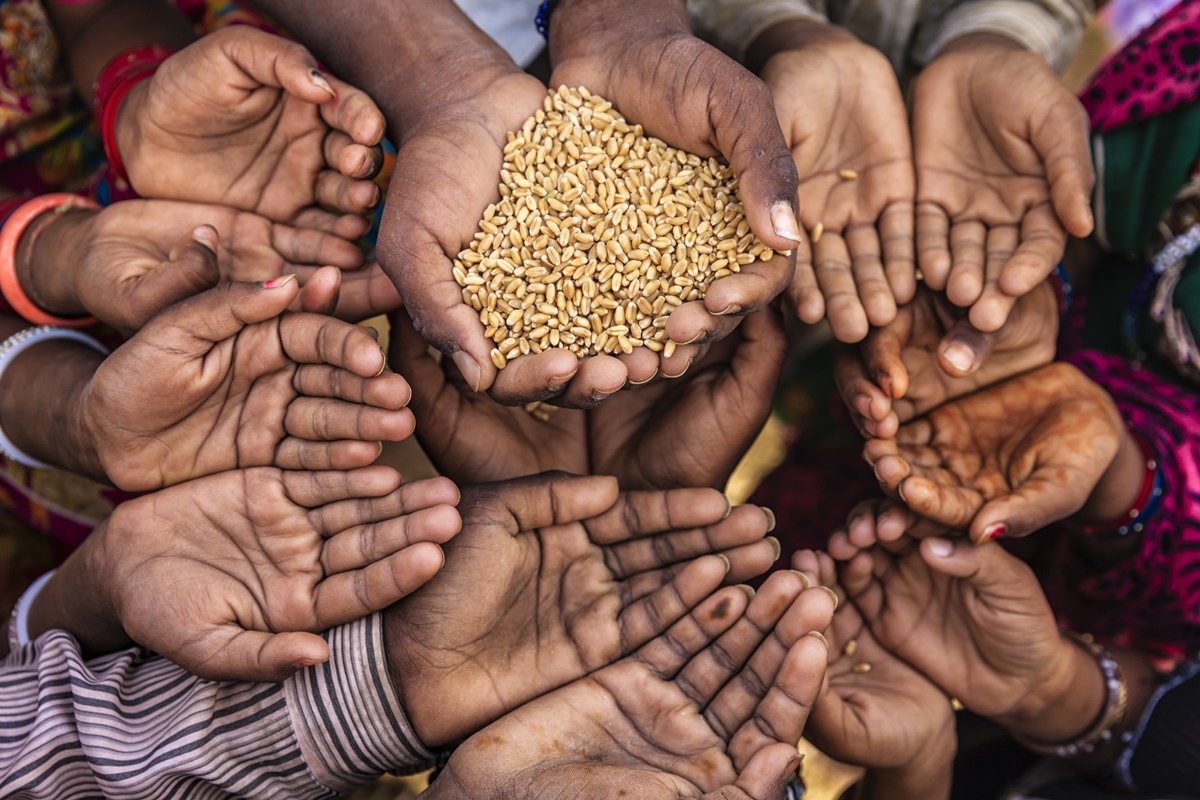Andrea D’souza | January 31, 2021
As India slowly recovers from Covid, the economy of the country hopes to see the Budget of 2021 as a saving grace. Finance Minister Nirmala Sitaraman will present the budget for FY 2021-2022 on Monday, February 01. With the 2020 Budget speech being the longest in independent India’s history, the country awaits the minister’s speech expected to begin at 11 am in Parliament’s Lok Sabha.

NewsHamster brings you a glimpse of what to expect from the Finance Minister tomorrow.
Atmanirbhar India
PM Modi has vouched for an Atmanirbhar Bharat in nearly every Mann Ki Baat lately. The theme of Atmanirbharta is most likely to dominate on different sectors during this budget. But when it comes to the economy, the players might not really find themselves atmanirbhar. The theme of Atmanirbharta might not necessarily mean that the government would reduce intervention in the economy. However, the economy would likely be a mix and the government would play deciding moves to drive the market forces.
FDI

On the other hand, although India roots for an atmanirbhar Bharat, FDIs (Foreign Direct Investment) are always celebrated. Being a capital scarce country, the value of foreign investments are indispensable. This year, we could possibly witness many FDIs in India as PM Modi promises to bring in cash-rich businesses on the Indian soil.
Policy Tools

One of the most important things to keep an eye on is the policy tools being employed. These tools can definitely shake and affect the behaviours of consumers and businesses. Covid kept everyone’s hands tight which consequently resulted in reduced consumption. This behaviour resulted in increased savings, reduced spending and would overall result in delayed economic recovery. To counter this, the RBI disincentivized savings by lowering the interest rates. Similarly, this budget can announce incentivizing steps to increase spending by lowering the purchase rates of houses, cars, etc. The government can also cut direct taxes and indirect taxes within the reach of the GST Council.
Debt
After Covid, the second most important word of the year could be Debt. Debt in simple terms means the debt of the past years plus the borrowings of the current year.This year’s budget may signal a shift from targeting fiscal deficit (total borrowings). This means that the government may spend more and still be fiscally responsible.
GDP

The government aims to turn the economy into a gas-based economy by improving the gas pipeline connectivity. This move would signal farmers being energy givers from being food givers. But which one of the approaches will bolster the economy and the GDP is still a question.
Farmers

Farmers have been victims of droughts and many other factors that have brought them losses. However, the political climate has offered them a few perks including the massive loan waivers and the PM- Kisan Samman Nidhi Yojna: the direct cash transfer scheme. However, this sector has found its future in limbo since the three farm laws that were passed last year.
Healthcare

India’s healthcare might be comparatively soaring globally in terms of its efficiency and affordability, however, amidst a crisis these infrastructures needed a push. Knowing the Indian demography and its GDP, government spending on healthcare facilities have failed to be efficient. With the pandemic in the picture, this is the perfect opportunity for the government to increase its spending on healthcare facilities, thereby creating jobs in this sector.
Education

Covid accurately unveiled the digital divide in the country. With online education being the new normal, what wasn’t normal is that not every student had access to technology. Hopefully, this year’s budget aims to fill in these digital voids by doubling its efforts in the education sector.
Poverty

The pandemic disrupted the flow of income in households and poverty increased just like the cases of covid. The fact that 80 crore Indians, i.e. nearly 60% of India’s population, had to be given free ration, highlights the density of poverty in the country. When it comes to policy making, this budget can’t afford to turn a blind eye to this.
Tax Relief

Tax Relief might not be so promising for the common man for two reasons. First, the economy is gasping. Secondly, with the public demanding an increase in government spending but simultaneously demanding a reduction in taxes, is impossible. In the end, the government spending is tax money. So expecting tax relief from this year’s budget might be difficult.
- Reference: Indian Express.



















































































